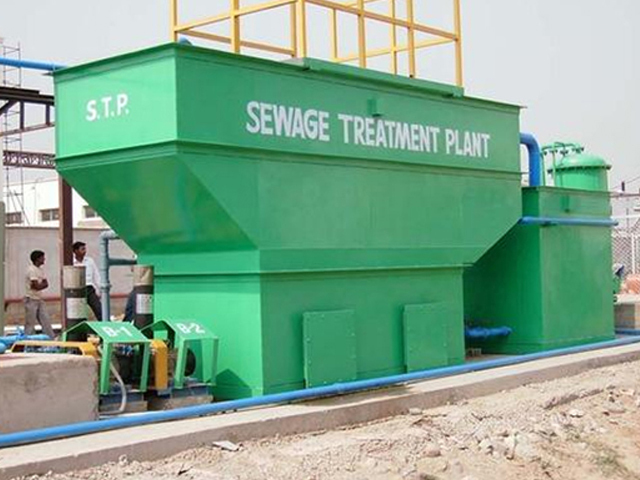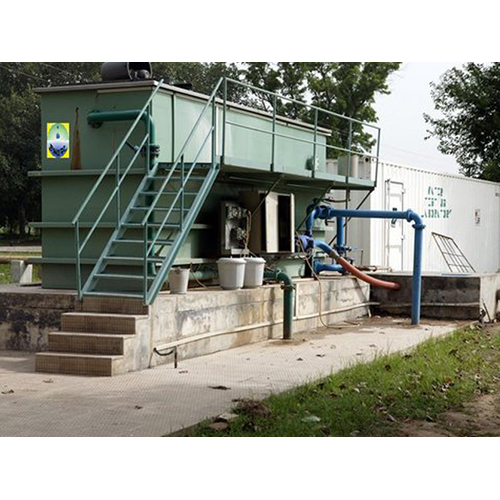Activated Sludge Sewage Treatment Plant
Price 350000 INR/ Unit
Activated Sludge Sewage Treatment Plant Specification
- Application
- Industrial
- Water Source
- Bore Well
- Material
- Stainless Steel
- Product Type
- Sewage Treatment Plants
- Power Source
- Electricity
- Operation Type
- Semi Automatic
- Color
- Blue
- Warranty
- 1 Year
Activated Sludge Sewage Treatment Plant Trade Information
- Payment Terms
- Cash Advance (CA)
- Supply Ability
- 5000 Units Per Month
- Delivery Time
- 10 Days
- Main Domestic Market
- All India
About Activated Sludge Sewage Treatment Plant
Effluent treatment, which is a more general phrase that can also be used to describe effluent that is solely industrial, is another name for sewage treatment. In order to lessen the pollution load, most cities' sewage treatment plants also receive a part of industrial wastewater that has typically been pretreated at the companies. Stormwater from urban runoff will also be sent to the sewage treatment facility if the sewer system is a combined sewer.
It is possible to treat sewage at its source, a process known as "decentralised" or even "on-site" (in septic tanks, biofilters, or aerobic treatment systems). As an alternative, sewage can be gathered and delivered to a municipal treatment facility via a system of pipes and pump stations. Although the lines separating centralised and decentralised systems might be blurred, this system is referred to as "centralised" (see also sewerage, pipelines, and infrastructure). Both "semi-centralized" and "semi-decentralized" are being used as a result.


Price:
- 50
- 100
- 200
- 250
- 500
- 1000+
More Products in Sewage Treatment Plants Category
Industrial Sewage Treatment Plant
Price 300000 INR / Unit
Minimum Order Quantity : 1 Unit
Application : Industrial
Operation Type : Semi Automatic
Warranty : 1 Year
Power Source : Electricity
Sewage Treatment Plant
Price 400000.0 INR / Unit
Minimum Order Quantity : 1 Unit
Application : Water Treatment
Operation Type : Semi Automatic
Warranty : 1 Year
Power Source : Electricity
Sewage Water Treatment Plant
Price 300000 INR / Unit
Minimum Order Quantity : 1 Unit
Application : Water Treatment
Operation Type : Semi Automatic
Warranty : 1 Year
Power Source : Electricity
Chemical Industry Sewage Treatment Plant
Price 400000 INR / Unit
Minimum Order Quantity : 10 Units
Application : Industrial
Operation Type : Semi Automatic
Warranty : 1 Year
Power Source : Electricity
GST : 09AAGCK1103M1ZL
 |
KKENWORLD PROJECTS PRIVATE LIMITED
All Rights Reserved.(Terms of Use) Developed and Managed by Infocom Network Private Limited. |


 Send Inquiry
Send Inquiry





